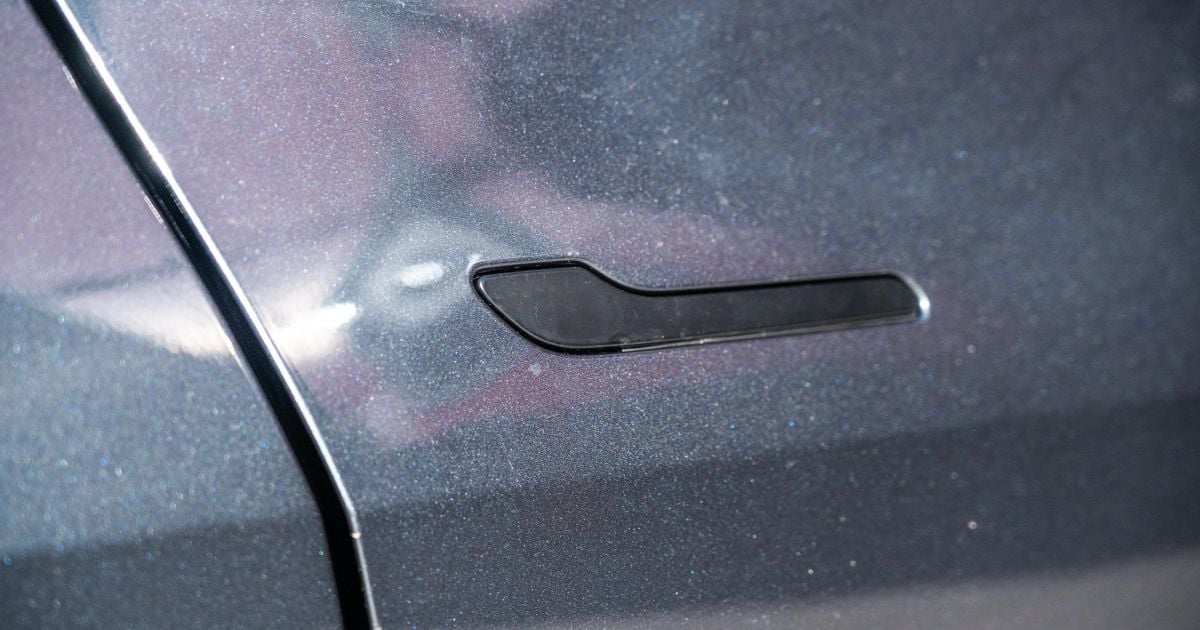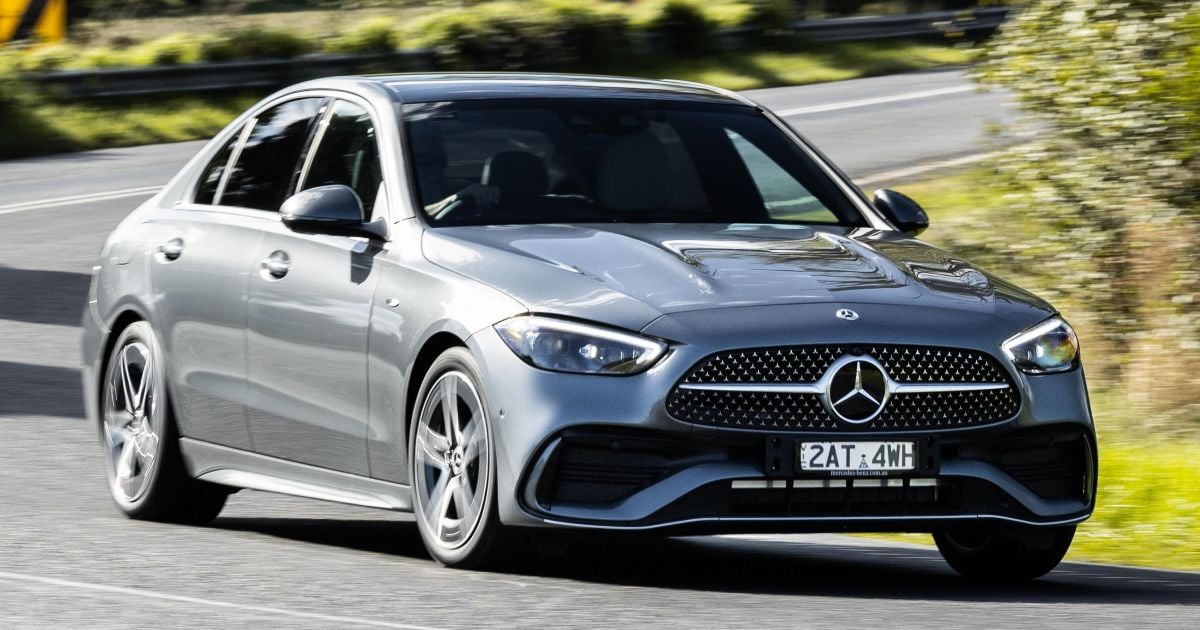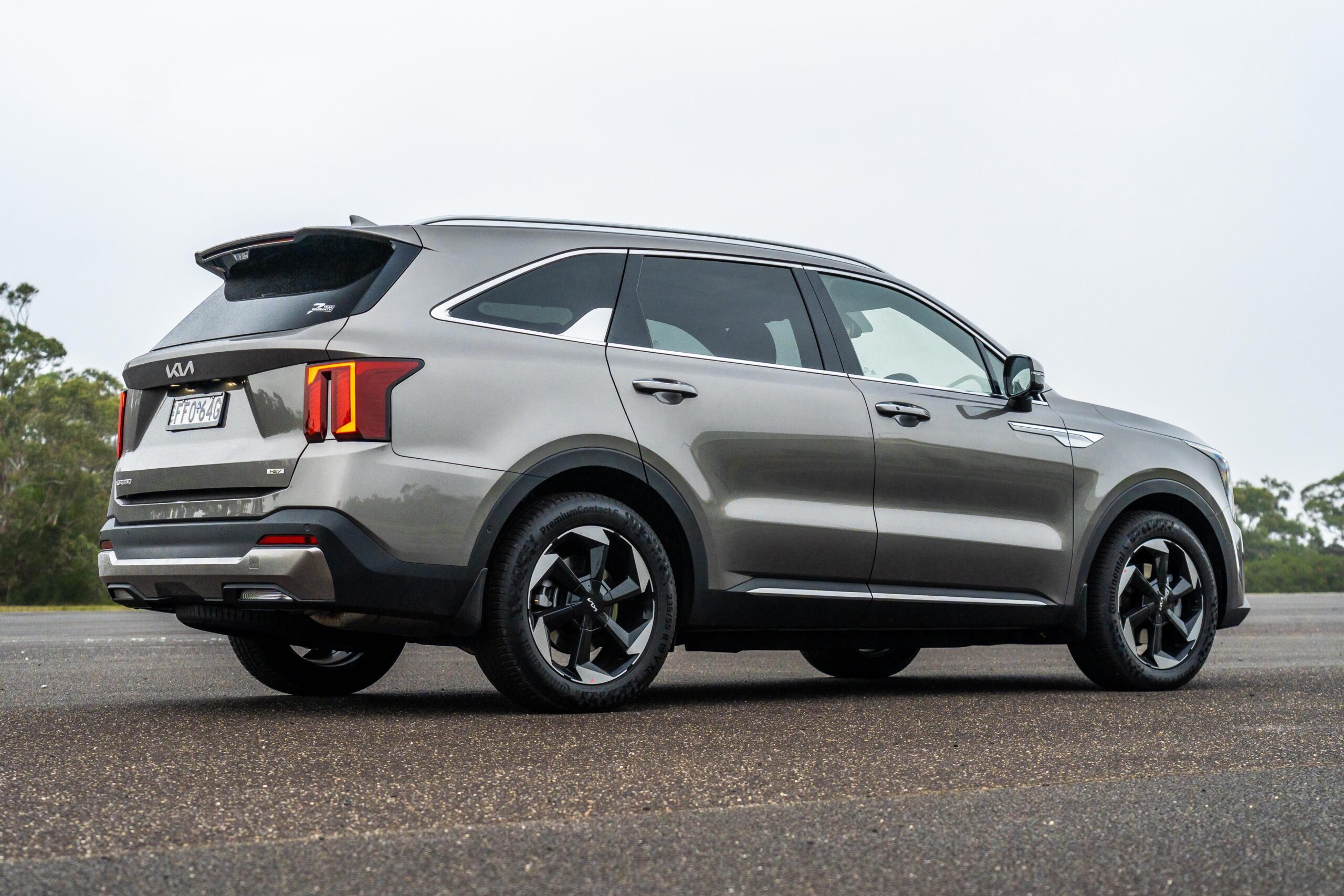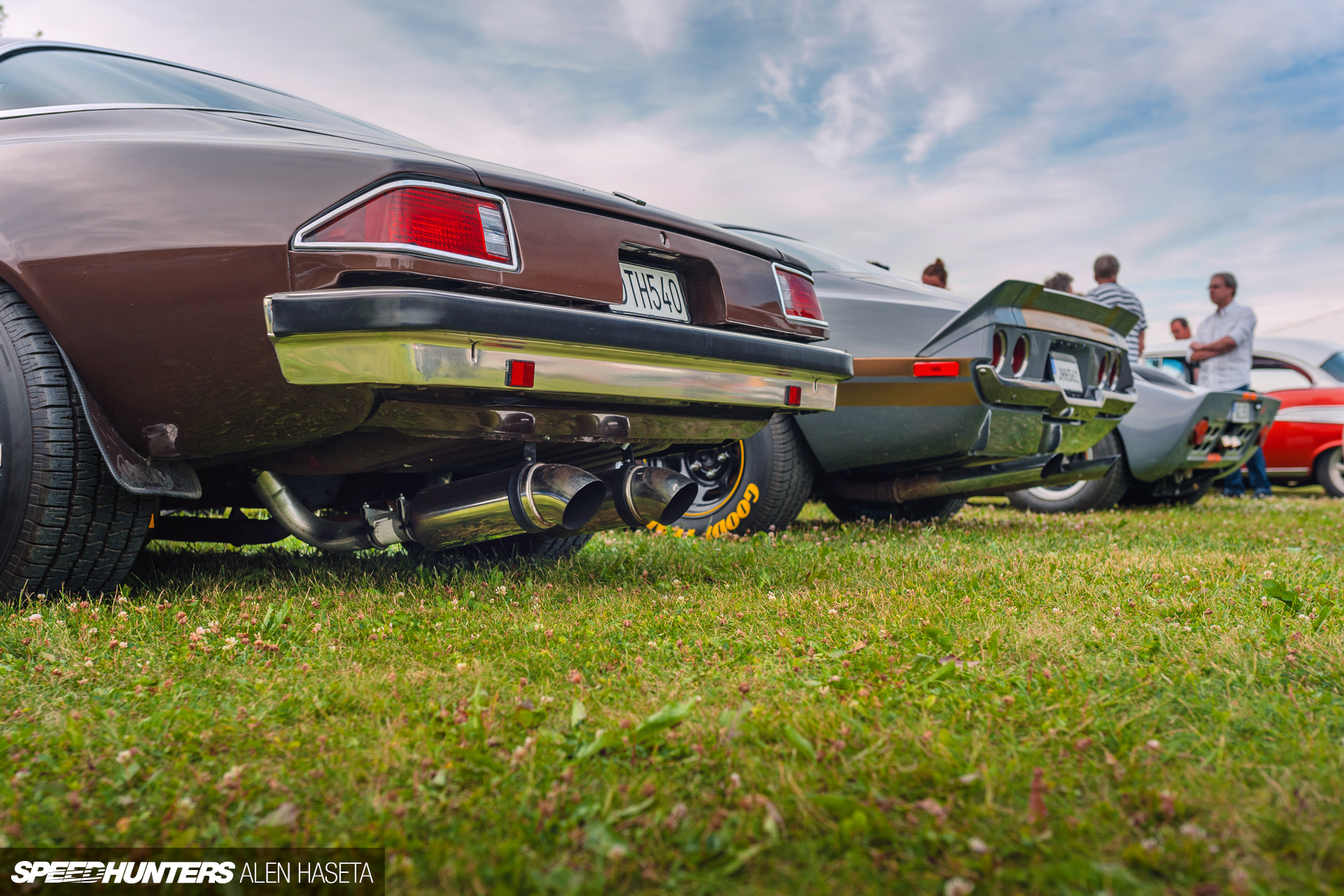The heat on door handle design is rising, with the European Union (EU) the latest jurisdiction to consider the safety of newer, mostly electronic, handles in the event of an accident.
The Netherlands Vehicle Authority (RDW), which is responsible for inspecting and certifying Tesla vehicles for sale in the EU, says new door handle regulations are in the works.
In email correspondence with Bloomberg, a RDW spokesperson said: “Doors must always be operable – from the inside by occupants and from the outside by emergency responders – even in the event of a power failure.
“Where current regulations fall short due to the introduction of new door concepts, this issue is being addressed within the respective committees.”
CarExpert can save you thousands on a new car. Click here to get a great deal.
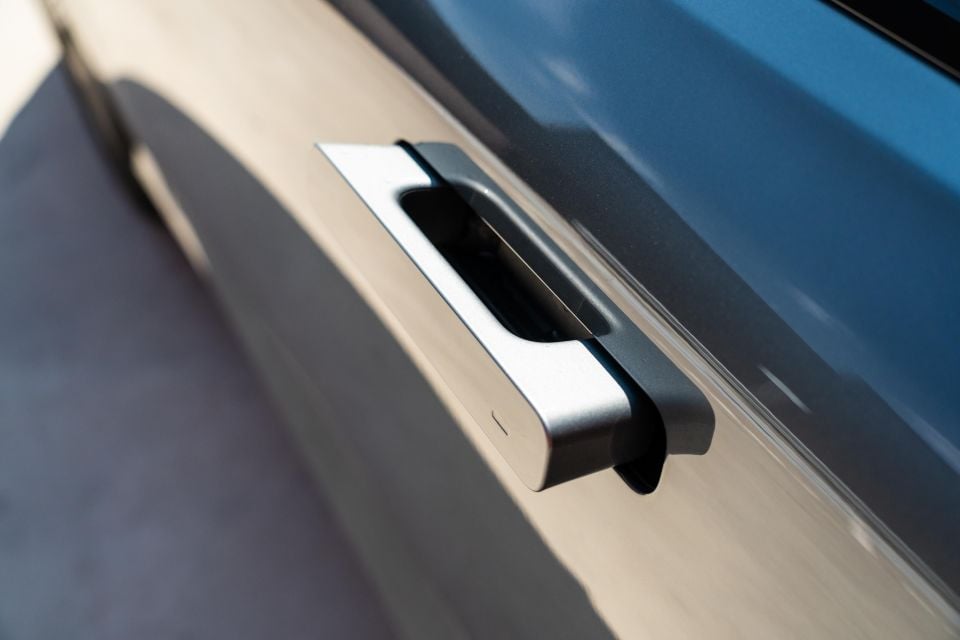
The spokesperson added being able to open doors with electronic handles after an accident is “a key priority” at both Euro NCAP, Europe’s vehicle safety testing program, and the United Nations Economic Commission for Europe (UNECE), which has a department working on harmonising automotive vehicle safety standards across the world.
European interest in door handle safety has intensified since September, when a man and two children died after their Tesla crashed and caught fire in Swerte, Germany.
Reports indicate the three deceased were unable to open their doors after the accident, and firefighters weren’t able to operate the car’s lift-out electric door handles. One child did manage to escape, and was airlifted to hospital.
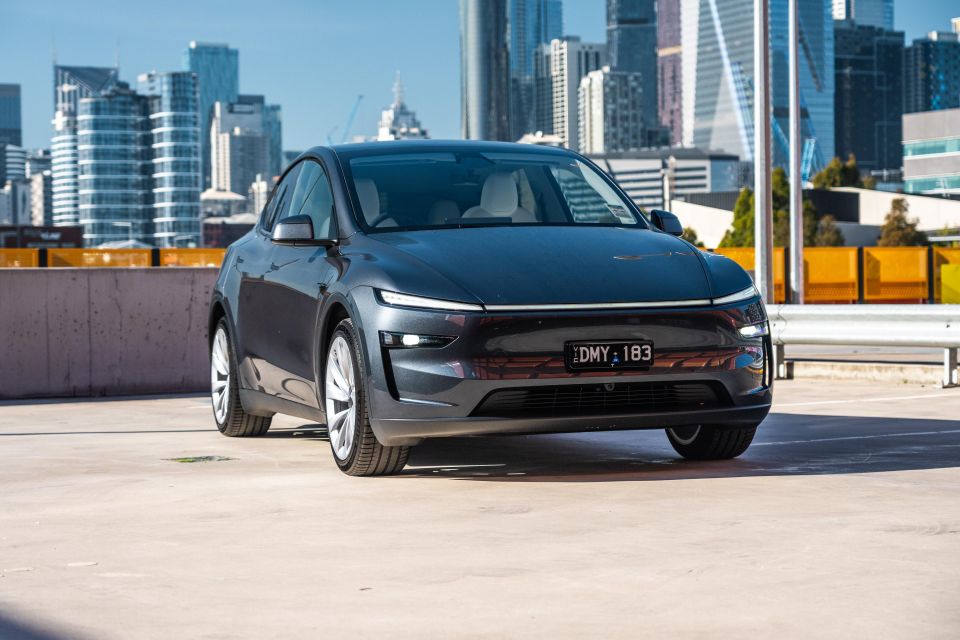
The EU’s interest in the door handle safety follows on from China, which, according to a report from September, is considering banning flush-fitting door handles on new cars from July 2027.
As in Europe, there have been reports of deaths after people were trapped inside burning vehicles when both passengers and first responders were unable to open doors.
There’s also regulatory interest in US, where the National Highway Traffic Safety Administration (NHTSA) has formally opened an investigation into the Model Y’s doors that, according to customers, have trapped children inside when the exterior door handles stopped working.
Franz von Holzhausen, Tesla’s chief designer, told Bloomberg last month the company is working on merging its mechanical and electronic interior door handles, as it would make them more intuitive for passengers to operate during “a panic situation”.
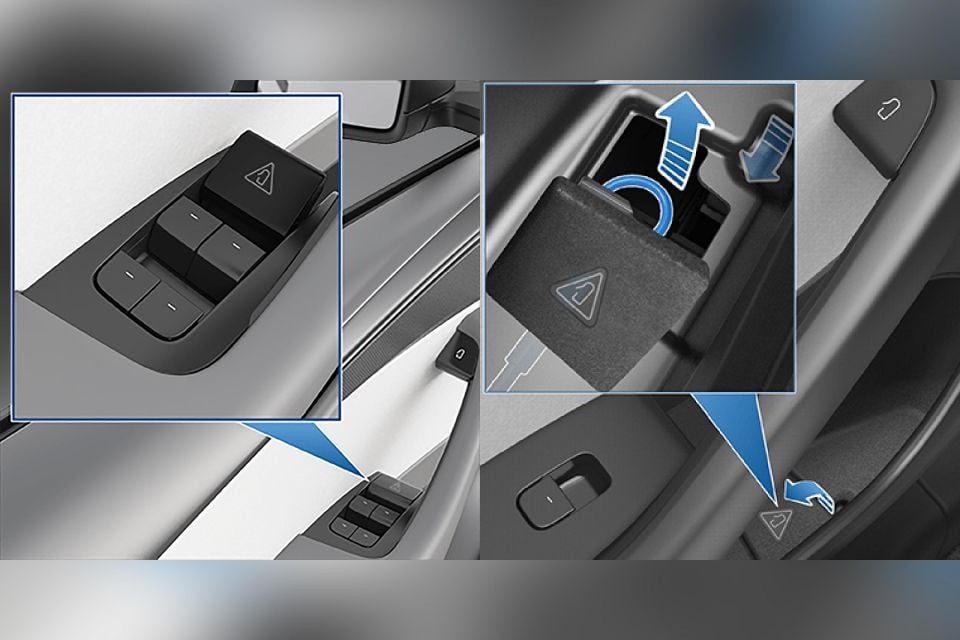
Currently under normal circumstances Tesla passengers press a button on the door’s arm rest to electronically pop their door open. However, if the 12V battery dies or is disconnected, say in a car crash, passengers need to find and use the mechanical door opener.
For the front passengers of a Model Y there’s an emergency door release – separate to regular power-operated door button – located just ahead of the power window switches.
The emergency rear door release can be hard to find for the uninitiated, as it’s situated under a panel at the bottom of the door bin, which has to be lifted up to reveal a pull-string loop that will mechanically open the door.
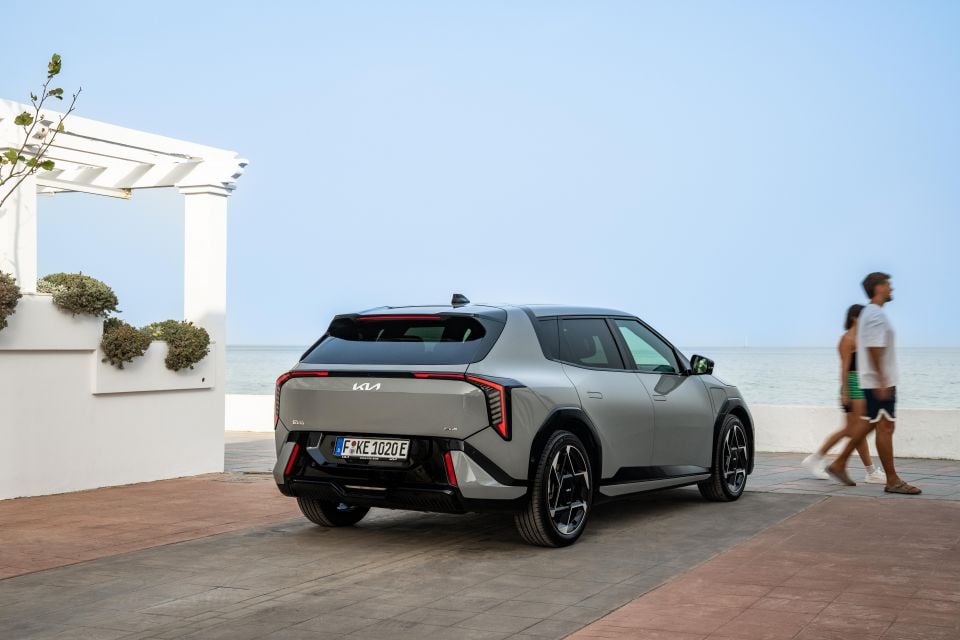
Following the lead of Tesla, many automakers have fitted their EVs with flush-fitting, usually electronic, door handles in the interests of both aesthetics and aerodynamics.
However, a study cited by Mingjing Pro says flush-fitting door handles reduce the coefficient of drag (Cd) by 0.005 to 0.01, much less than the 0.03 number cited by some automakers.
For reference, the three most aerodynamically efficient cars on sale today – the Mercedes-Benz EQS, Lucid Air, and Xiaomi SU7 – have a Cd of around 0.2, while the Toyota Corolla has a Cd of 0.31.
